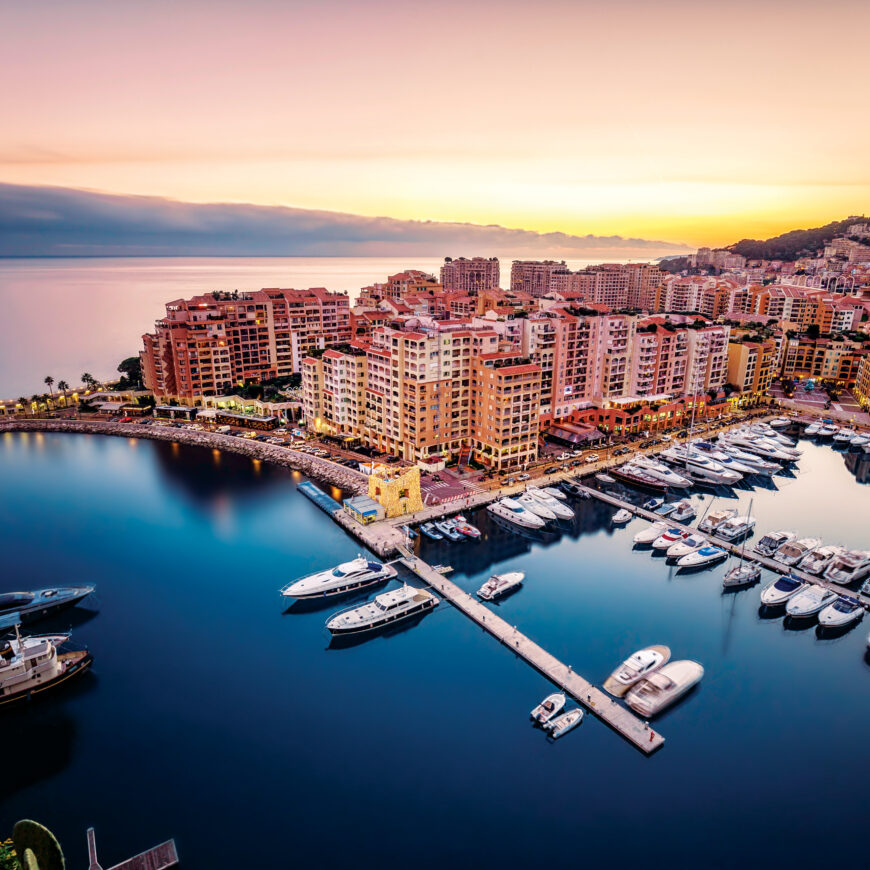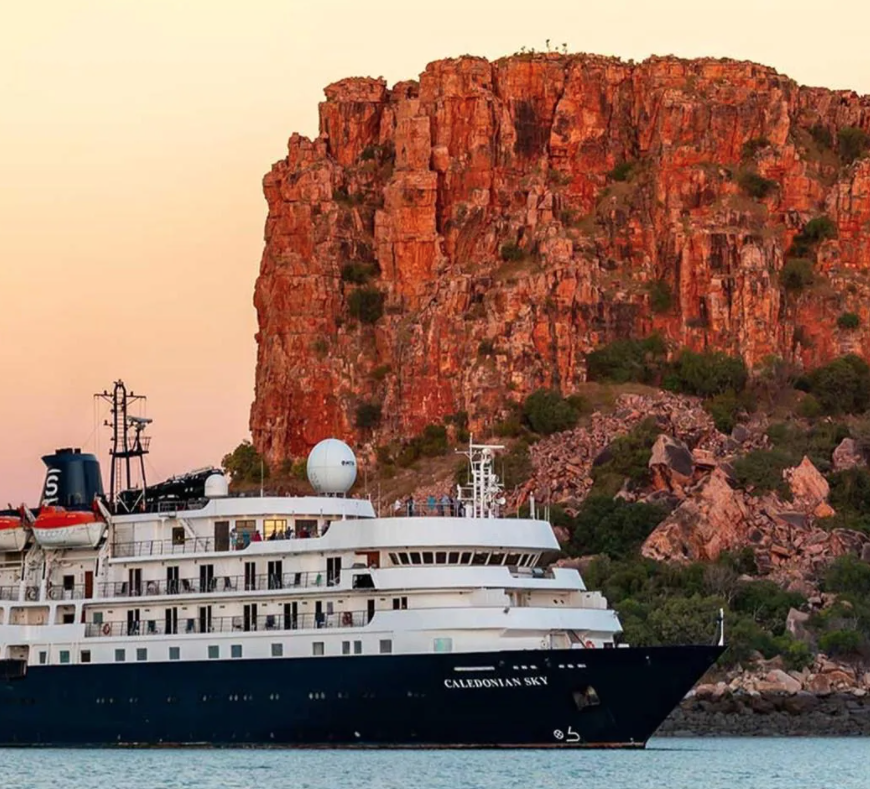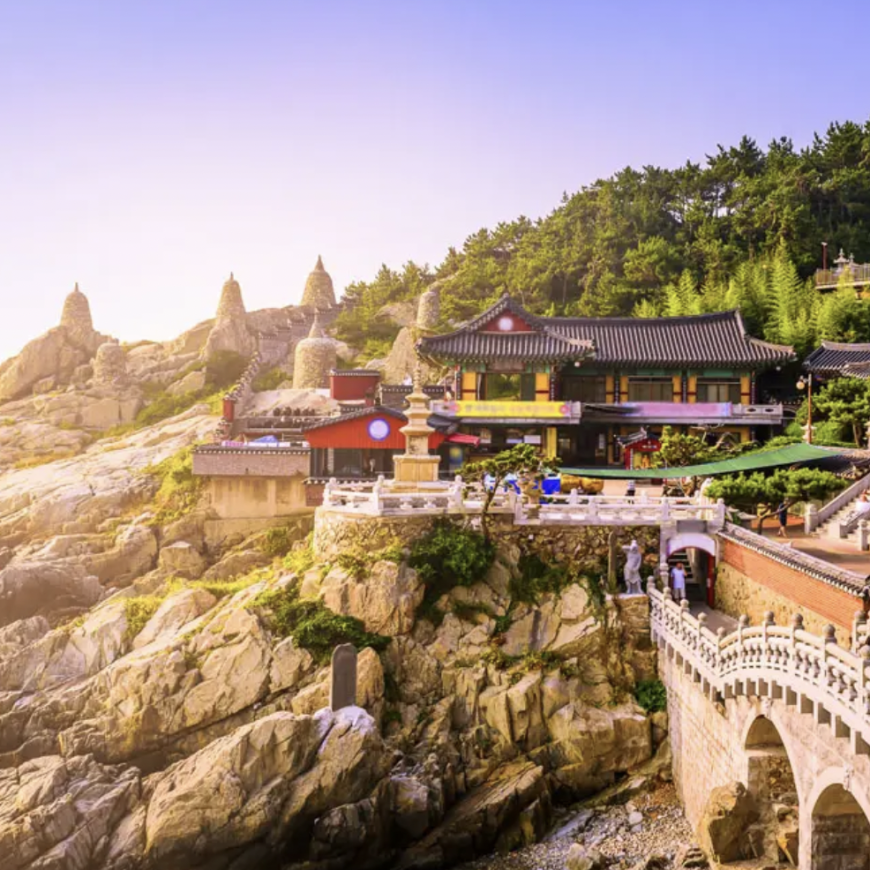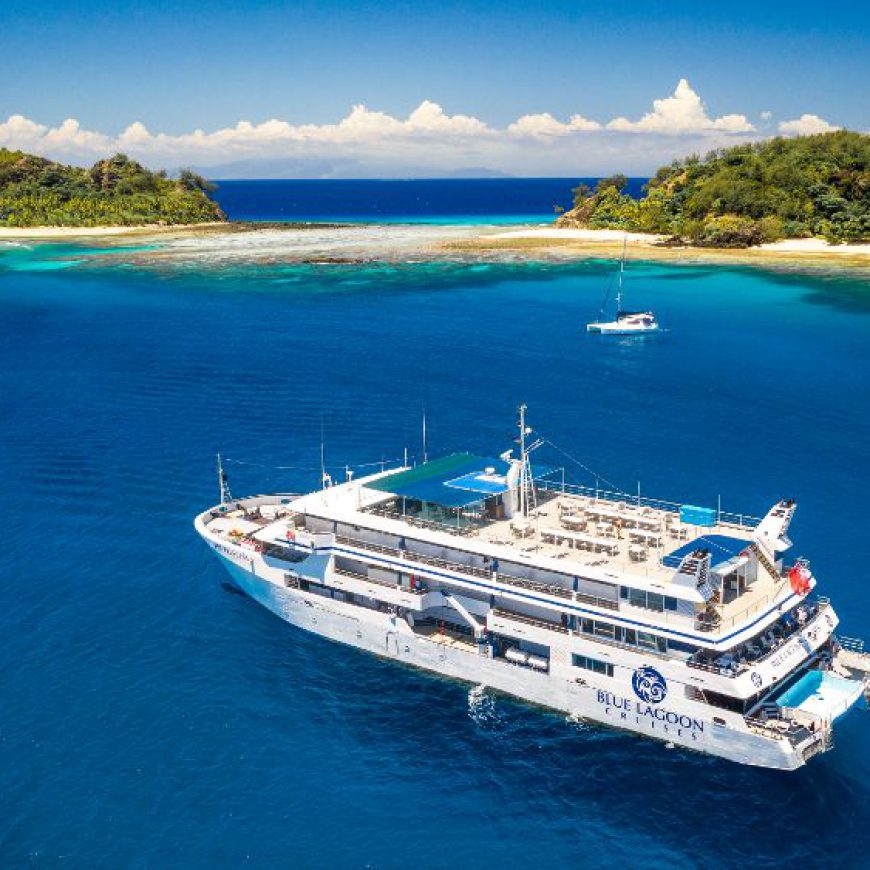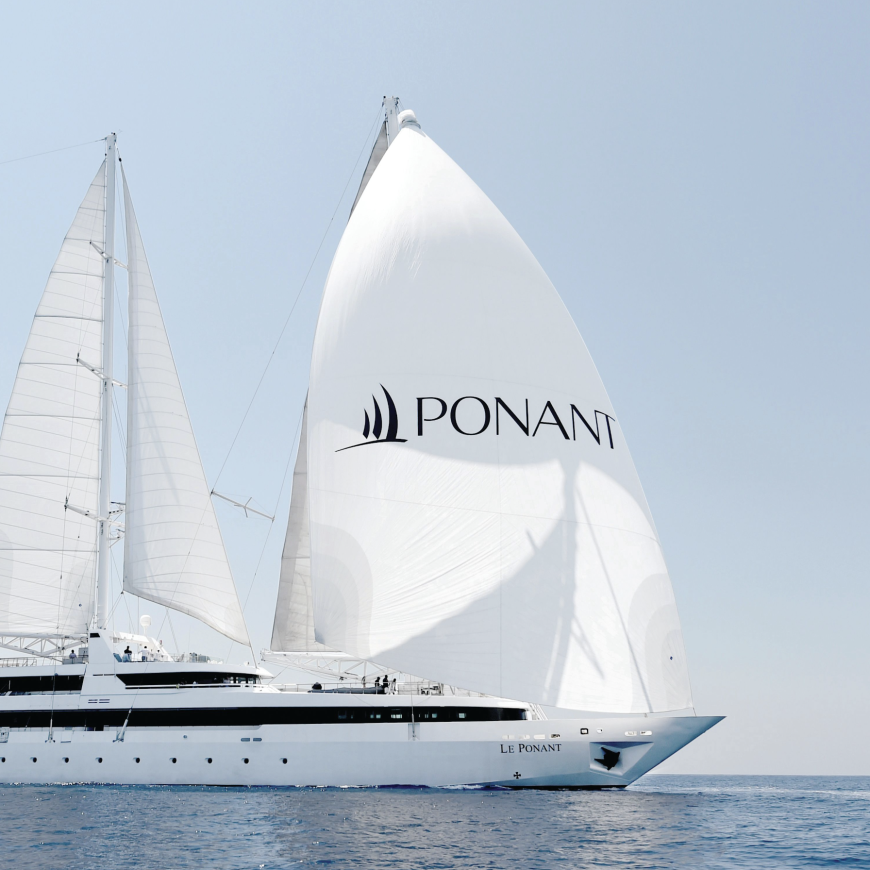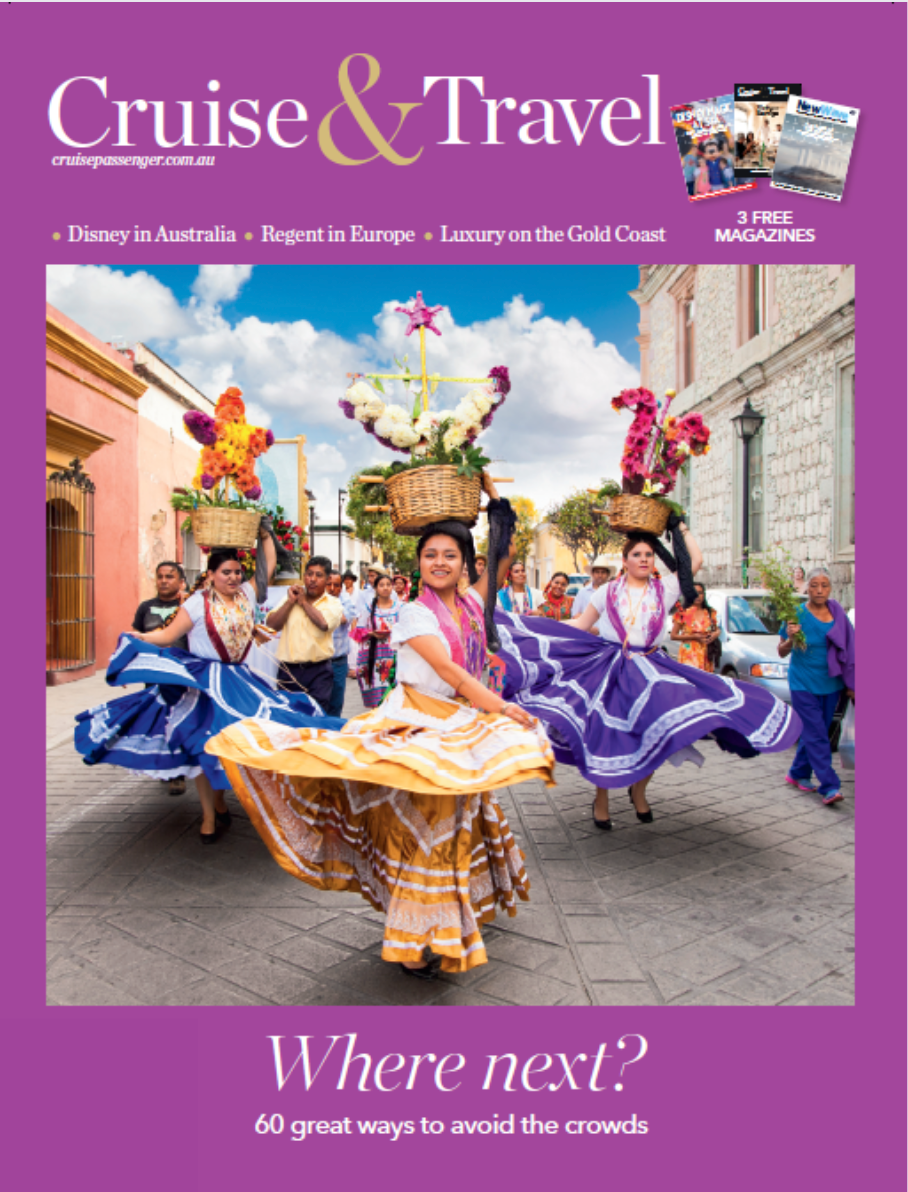Kimberley Cruising
DestinationsAs the cruise season along Western Australia’s Kimberley Coast comes to an end, we look at why it’s advisable to book ahead for 2011. Words: David McGonigal.
We were standing on a perfect sandy beach in Vansittart Bay, having a cool drink as we looked out over the azure sea. “I’d love to go for a swim right now,” one of my companions exclaimed. “I bet he’d approve,” I said and pointed out a crocodile paddling about 100 metres away. Needless to say, the swim didn’t happen.
The Kimberley is a region of contradictions: it’s an idyllic landscape of islands and beaches where swimming is only possible in a few places. It has the most spectacular tropical environs imaginable in an area greater than England, and boasts a total population that’s less than that of many country towns; it also has a burgeoning cruise industry whose ships can tie up only at docks in Broome
or Darwin.
These restrictions may appear to suggest that the Kimberley is ‘too hard’ but in fact, the opposite is true. As anyone who has visited will tell you, the isolation, tranquillity and strong sense of frontier are all part of the attraction. When I first visited in the 1970s, ‘frontier’ was all there was. Today, Darwin’s waterfront is flourishing and, in Broome, you can walk down a dusty street past an, um, atmospheric pub and into a shop where pieces of jewellery featuring Argyle diamonds and Broome pearls sell for $100,000 each. Expensive lodges abut fishing shacks and exotic escapes offer little or no road access but have well-maintained airstrips.
Situated anywhere else in the world, the Kimberley coast would draw tourists by the hundreds of thousands each year. But when I first visited the Kimberley in the 1980s to write a book for Dick Smith’s Australian Geographic, it was virtually impossible to see the coast at all, except at the few port towns. Twenty years on and so much has changed. Year on year, more vessels ply the Kimberley coast and more local and international visitors are coming to see one of our country’s most spectacular settings.
Aborigines made landfall on the Kimberley coast more than 50,000 years ago. Today, cruise passengers can explore the myriad caves near the coast to find the distorted Bradshaw figures of Jar Island and the haloed Wandjina figures of Bigge Island. Crocodiles and boab trees are highlights on every Kimberley cruise and there are some memorable historic sites from the days of exploration and World War II. The other star is the Kimberley scenery itself, as red soil meets blue seas, waterfalls tumble down cliff faces and landings are on golden coral sand beaches.
The Kimberley season is well defined by the dramatic tropical seasons. In the ‘wet’, humidity is very high and the rivers are flooded. The approach of the wet season from October onwards is marked by increasing heat and humidity and can be even worse than the wet itself. So April to September, when the days are warm and the skies are clear, is the principal travel season.

